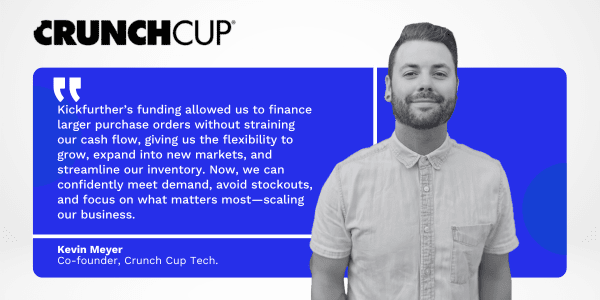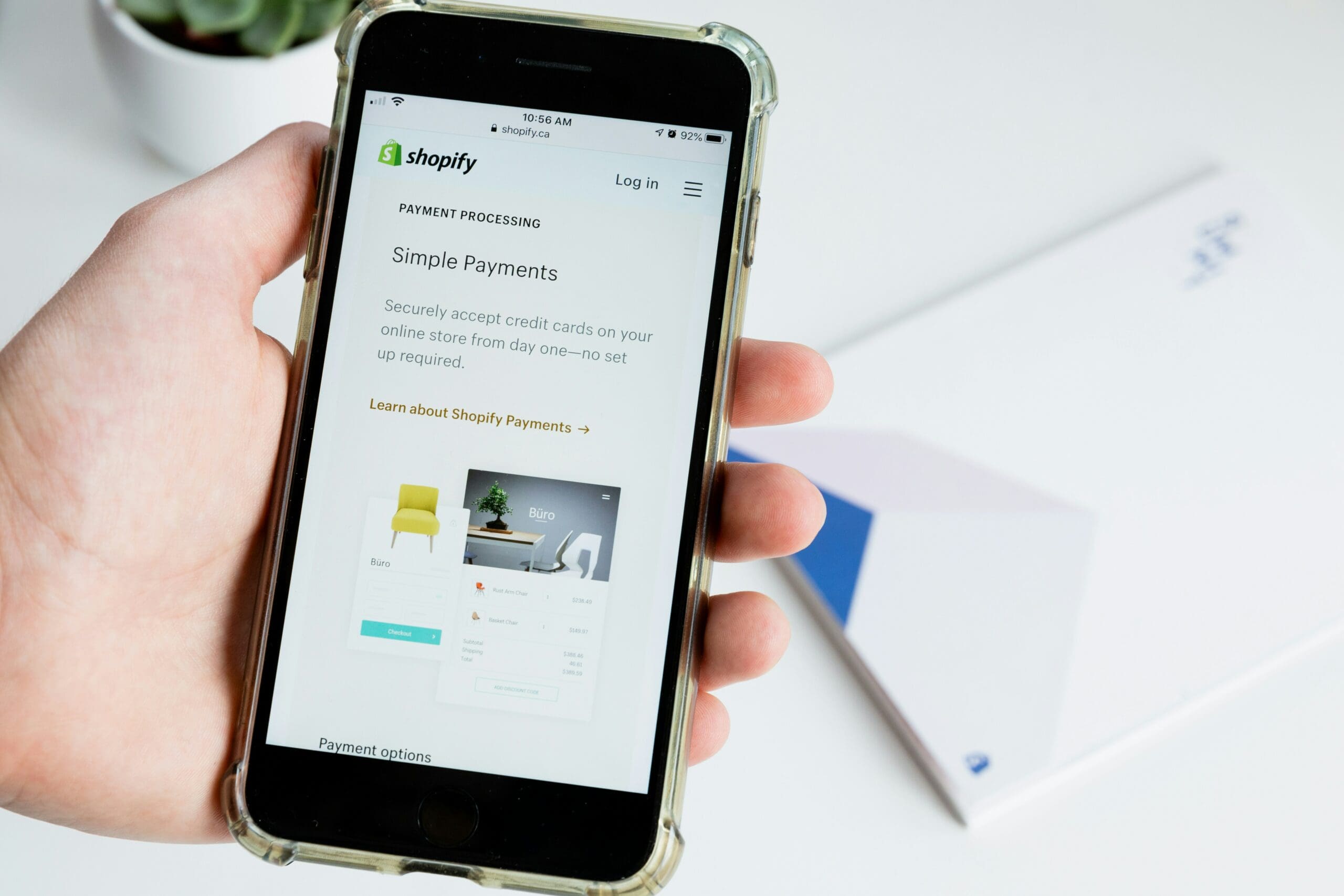Inventory management is often one of the most significant challenges for CPG brands looking to scale. Brands constantly face the dilemma of needing more capital to fulfill increasing demand, expand their product lines, and invest in new products and marketing. For Baseball Lifestyle 101, a dynamic brand that connects baseball lovers around the world with trendy apparel and accessories, these challenges were no different. However, with the help of Kickfurther, a unique inventory financing platform, Baseball Lifestyle overcame many of these obstacles, fueling rapid growth and ensuring sustainable scalability.
Baseball Lifestyle 101: A Brief Overview
Baseball Lifestyle 101, founded by Josh Shapiro, is more than just a brand—it’s a community. Dedicated to connecting baseball enthusiasts worldwide, the company offers a range of products that allow fans to represent their love for the sport off the field. From apparel to accessories, Baseball Lifestyle has made a name for itself as a go-to destination for baseball lovers seeking high-quality, stylish, and authentic gear.
As the brand grew, so did its challenges. Increased customer demand and imperfect inventory levels threatened to stall Baseball Lifestyle’s momentum. To continue growing and expanding its product lines, the company needed a solution to its cash flow problems, particularly the financial burden of funding inventory ahead of sales. This is where Kickfurther stepped in, offering a tailor-made solution to help Baseball Lifestyle meet its growth opportunities.
The Challenges of Inventory Financing
Inventory management is one of the most complex challenges for consumer product brands, especially those that are scaling rapidly. For Baseball Lifestyle, the company faced several hurdles, including:
- Capital Allocation: With limited cash flow, Baseball Lifestyle had to make difficult decisions on how to allocate its available capital. Should it go toward expanding the product line, acquiring new warehouse space, or investing in marketing efforts to drive more sales?
- Imperfect Inventory Levels: Balancing customer demand with available inventory is a tough challenge for many brands. Stockouts lead to missed sales opportunities, while overstocking can tie up valuable capital in unsold goods.
- Meeting Growing Customer Demand: As the brand gained popularity, Baseball Lifestyle saw a significant increase in customer demand. However, without the necessary capital to invest in inventory upfront, meeting that demand became a struggle.
- Ordering Delays: The lead time between manufacturing products and generating revenue from those products can be long, especially for small to mid-sized businesses. These delays often create a cash flow gap that can stunt growth.
- Cash-Constrained Growth: As with many growing businesses, Baseball Lifestyle’s growth was constrained by its access to capital. The company needed a financing solution that would allow it to grow without taking on burdensome debt or giving up equity.
The Kickfurther Solution: Flexible and Scalable
Kickfurther provides a unique solution to the inventory financing problem faced by many consumer brands. Instead of relying on traditional loans or giving up equity, brands can partner with Kickfurther to fund their inventory in a flexible and scalable way. Here’s how it worked for Baseball Lifestyle:
- No Immediate Repayment: Unlike traditional loans, Baseball Lifestyle didn’t have to start repaying Kickfurther until sales for the specific inventory began. This was a game-changer, as it allowed the company to use its revenue from sales to fund inventory repayment, reducing the strain on cash flow.
- Non-Dilutive: Baseball Lifestyle didn’t have to give up any equity in exchange for Kickfurther’s funding. This was a crucial benefit for founder Josh Shapiro, who wanted to maintain control over his company’s growth while still securing the necessary funding to fuel that growth.
- Not a Debt: One of the most significant advantages of Kickfurther is that it isn’t considered a loan. Therefore, it didn’t add any debt to Baseball Lifestyle’s balance sheet, which can sometimes limit a company’s ability to access additional capital. Instead, the funding from Kickfurther is tied directly to the company’s sales, allowing for more flexibility.
The Results: Baseball Lifestyle’s Growth with Kickfurther
With the help of Kickfurther, Baseball Lifestyle was able to overcome the challenges it faced and achieve impressive growth in a relatively short period of time. Over the course of eight funding deals worth over $700,000, the company saw a remarkable 190% growth in just six months. This explosive growth can be attributed to several key factors:
- Increased Inventory: With the capital provided by Kickfurther, Baseball Lifestyle was able to invest in more inventory upfront. This not only helped the company meet growing customer demand but also allowed it to take advantage of volume order discounts, thereby reducing its cost of goods sold and improving overall profitability.
- Product Expansion: The influx of capital enabled Baseball Lifestyle to expand its product offerings. By introducing new products, the company was able to attract a broader customer base and increase sales.
- New Warehouse Space: As the brand grew, so did its need for additional space to store inventory and accommodate new staff. Thanks to the funding from Kickfurther, Baseball Lifestyle was able to acquire new warehouse space, further streamlining its operations and setting the stage for continued growth.
- Improved Cash Flow Management: With flexible repayment terms, Baseball Lifestyle was able to maintain a healthy cash flow, even as it expanded its operations. The company could focus on growing its business rather than worrying about the immediate financial burden of repaying a loan or giving up equity to investors.
Why Kickfurther Was the Perfect Fit
For consumer product brands like Baseball Lifestyle, traditional financing options often come with limitations. Loans add debt to the balance sheet, making it harder to access additional capital down the line, while equity financing requires giving up control of the company. Kickfurther, on the other hand, offers a unique solution that fits perfectly with the needs of growing brands:
- Flexible Payment Terms: Companies like Baseball Lifestyle can control the terms of repayment, only paying back as sales occur.
- Scalable Solutions: Kickfurther’s model is scalable, meaning that as Baseball Lifestyle continues to grow, it can continue to access more capital to fund even larger inventory orders.
- No Debt, No Dilution: Kickfurther’s model ensures that brands can grow without adding debt or giving up ownership of their company.
Conclusion: A Partnership for Success
Kickfurther’s partnership with Baseball Lifestyle has proven to be a powerful driver of growth. By offering a flexible, scalable, and non-dilutive inventory financing solution, Kickfurther allowed Baseball Lifestyle to overcome its cash flow challenges, meet growing demand, and ultimately achieve 190% growth in just six months. As more brands look for innovative ways to finance their inventory, Kickfurther stands out as a valuable partner for those looking to scale without the burden of traditional financing options. Baseball Lifestyle’s success story is a testament to the transformative power of the right financing solution at the right time.






